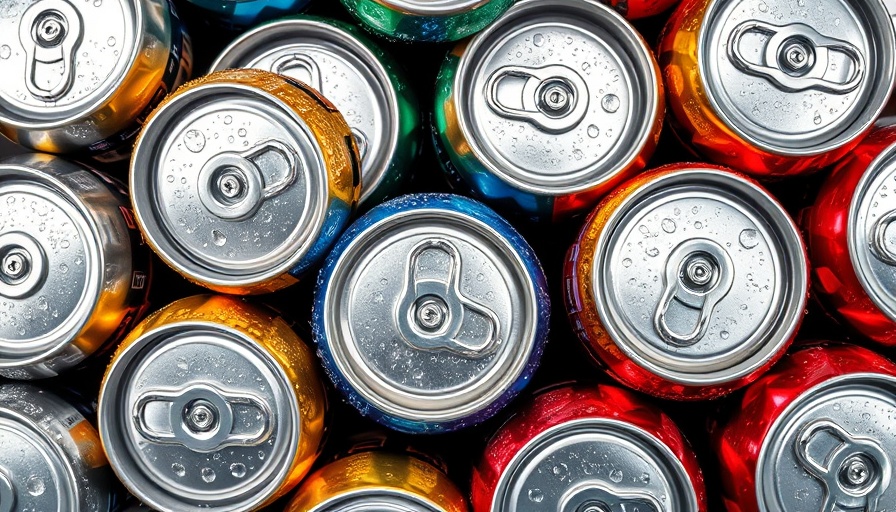
Nebraska Leads a Nutritional Shift with SNAP Changes
Nebraska has become the first state to receive federal approval for banning the purchase of soda and energy drinks with Supplemental Nutrition Assistance Program (SNAP) benefits. This landmark decision, announced by U.S. Agriculture Secretary Brooke Rollins, is set to impact approximately 152,000 low-income residents starting January 1, 2026. Governor Jim Pillen, a proponent of the ban, emphasized that taxpayers should not subsidize unhealthy purchases. He stated, "SNAP is about helping families in need get healthy food into their diets."
Understanding SNAP and Its Purpose
The SNAP program, commonly known as food stamps, serves to assist about 42 million Americans in affording groceries. Managed by the USDA and funded through a budget of around $100 billion, it aims to ensure food security for the country's most vulnerable populations.
Rationale Behind the New Restrictions
Supporters, including Rollins, view the ban as a pivotal move towards improving public health, with the idea that removing sugary drinks from eligible items aligns with broader health initiatives. However, many researchers and advocates argue that restrictive measures are not the most effective way to promote better nutrition. Gina Plata-Nino from the Food Research & Action Center voiced concerns, highlighting that evidence suggests incentive-based approaches are more effective than punitive restrictions.
A Growing National Conversation on Food Choices
While Nebraska's decision marks a significant shift, several other states, including Arkansas and Iowa, are considering similar bans. This growing movement raises important questions about the balance between governmental influence on dietary choices and individual freedom. Advocates for public health argue that improved nutritional guidelines could lead to better health outcomes and potentially reduce long-term healthcare costs.
Implications for Public Health
As states explore dietary restrictions within SNAP, it's crucial to understand the potential ramifications. While the intent is to steer people towards healthier food options, such measures could inadvertently lead to increased stigma for low-income individuals who are already grappling with food insecurity. A comprehensive approach that combines incentives with education about healthy nutrition may present a more effective solution.
Looking Ahead: The Future of SNAP
The future of SNAP lies in the balance between maintaining food security and promoting healthy choices. States exploring these changes must consider feedback from health advocates, economic experts, and, most importantly, the recipients of these benefits. As this policy unfolds, it will be essential to monitor its effects on the nutritional landscape among the populations it aims to support.
Contact us for more details regarding the implications of these changes and what they might mean for you.
 Add Row
Add Row  Add
Add 




Write A Comment